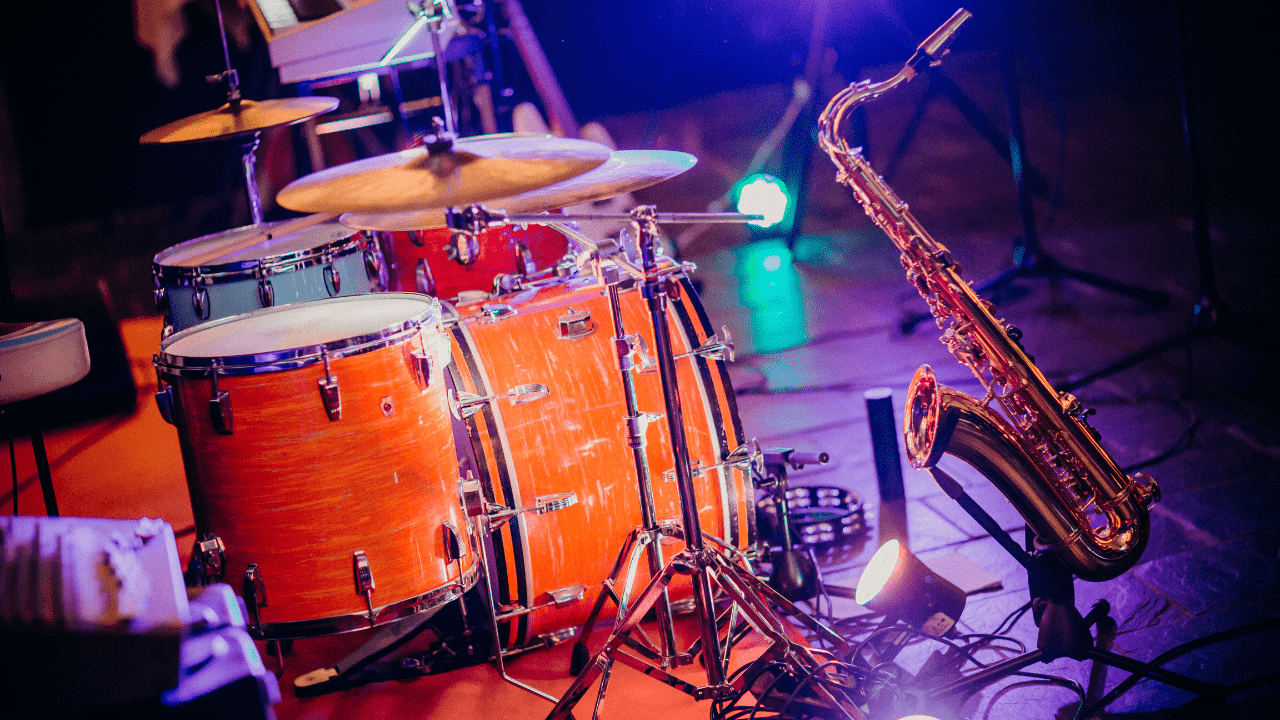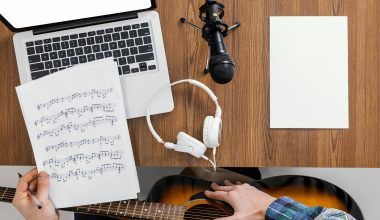Music has always been about self-expression and creativity. With advancements in technology, portable instruments are making it easier than ever for musicians to create and perform music anywhere. From compact keyboards to handheld percussion tools, portable instruments are becoming a favorite for professionals and hobbyists alike.
In this blog, we’ll explore the best portable instruments, their features, and why they are changing the way we think about music. Whether you’re a traveling performer or just love experimenting with sound on the go, this guide will help you find the perfect instrument for your needs.
Why Portable Instruments Are Gaining Popularity
The demand for portable instruments has risen due to:
- Convenience: Lightweight and compact designs make them easy to carry.
- Versatility: Most portable instruments can be used for both practice and performance.
- Affordability: Many options are budget-friendly, making them accessible to beginners.
- Technological Integration: Portable instruments often come with features like MIDI compatibility, USB connections, and built-in effects.
Top Categories of Portable Instruments
1. Portable Keyboards
Portable keyboards are perfect for musicians who want to compose or practice anywhere. They offer a wide range of sounds, built-in rhythms, and even MIDI capabilities for digital music production.
- Best Options:
- Yamaha PSS-F30
- Roland GO:KEYS
- Korg microKEY Air
- Key Features:
- Lightweight and battery-powered.
- Built-in speakers for on-the-go playing.
- USB and MIDI compatibility for music production.
2. Digital Wind Instruments
Digital wind instruments like the Roland Aerophone and Akai Professional EWI allow wind players to explore a variety of sounds, from saxophones to synthesizers.
- Advantages:
- Compact size compared to traditional wind instruments.
- Multiple sound options in one device.
- Easy integration with music software.
3. Compact Guitars
Travel guitars are designed to provide the same playing experience as full-sized guitars but in a smaller, more portable package.
- Popular Models:
- Martin Backpacker
- Taylor GS Mini
- Fender CT-60S
- Features:
- Reduced size without compromising sound quality.
- Durable designs for traveling.
- Acoustic-electric options for versatile use.
4. Percussion Instruments
Portable percussion instruments like cajons, hand drums, and electronic drum pads are perfect for rhythm enthusiasts.
- Recommended Options:
- Meinl Jam Cajon
- Roland SPD::ONE
- Alesis CompactKit 4
- Why They’re Great:
- Easy to carry for jamming or street performances.
- Versatile sound options with electronic pads.
- Perfect for beginners and pros.
5. Synthesizers and Grooveboxes
Portable synthesizers and grooveboxes are essential for electronic music producers. They pack powerful sound engines in compact designs.
- Top Choices:
- Teenage Engineering OP-1
- Korg Volca Series
- Novation Circuit
- Features to Love:
- Battery-powered operation.
- Compact and robust build.
- Endless possibilities for sound design.
Benefits of Using Portable Instruments
- Flexibility for Creators: Play or compose anywhere without being tied to a studio.
- Enhanced Creativity: Explore music creation in diverse environments.
- Affordability: Many portable instruments are cost-effective.
- Easy Storage: Compact designs take up less space at home or during travel.
How Portable Instruments Are Revolutionizing Music Education
Portable instruments are increasingly being used in music education due to their accessibility.
- For Students: Compact keyboards and ukuleles are perfect for beginners.
- In Classrooms: Portable percussion instruments make group learning fun.
- Digital Learning: Many portable instruments come with apps for guided tutorials.
Things to Consider When Choosing a Portable Instrument
- Purpose: Are you using it for practice, performance, or recording?
- Sound Quality: Choose instruments that don’t compromise on tone despite their size.
- Battery Life: Ensure long-lasting power for outdoor use.
- Connectivity: Look for USB, MIDI, or wireless compatibility for digital integration.
- Durability: Portable instruments should withstand travel and outdoor use.
Tips for Traveling with Portable Instruments
- Use Protective Cases: Invest in padded cases to prevent damage.
- Check Airline Policies: If flying, check carry-on rules for musical instruments.
- Keep Accessories Handy: Bring spare batteries, chargers, and cables.
Future of Portable Instruments
The market for portable instruments is constantly evolving. Here’s what the future might hold:
- Smart Instruments: AI-powered instruments that adapt to your playing style.
- Eco-Friendly Designs: Use of sustainable materials for environmentally conscious creators.
- Wearable Music Gear: Instruments that integrate with clothing or accessories.
Final Thoughts
Portable instruments are a game-changer for musicians on the move. Whether you’re a beginner learning the basics or a professional expanding your toolkit, these compact tools offer convenience, versatility, and endless creative possibilities.
Related Articles:
For further reading, explore these related articles:
- Discover New Music Instruments | Explore Innovative Sounds
- Discover the Best Cheap Musical Instruments for Beginners
For additional resources on music marketing and distribution, visit Deliver My Tune.






